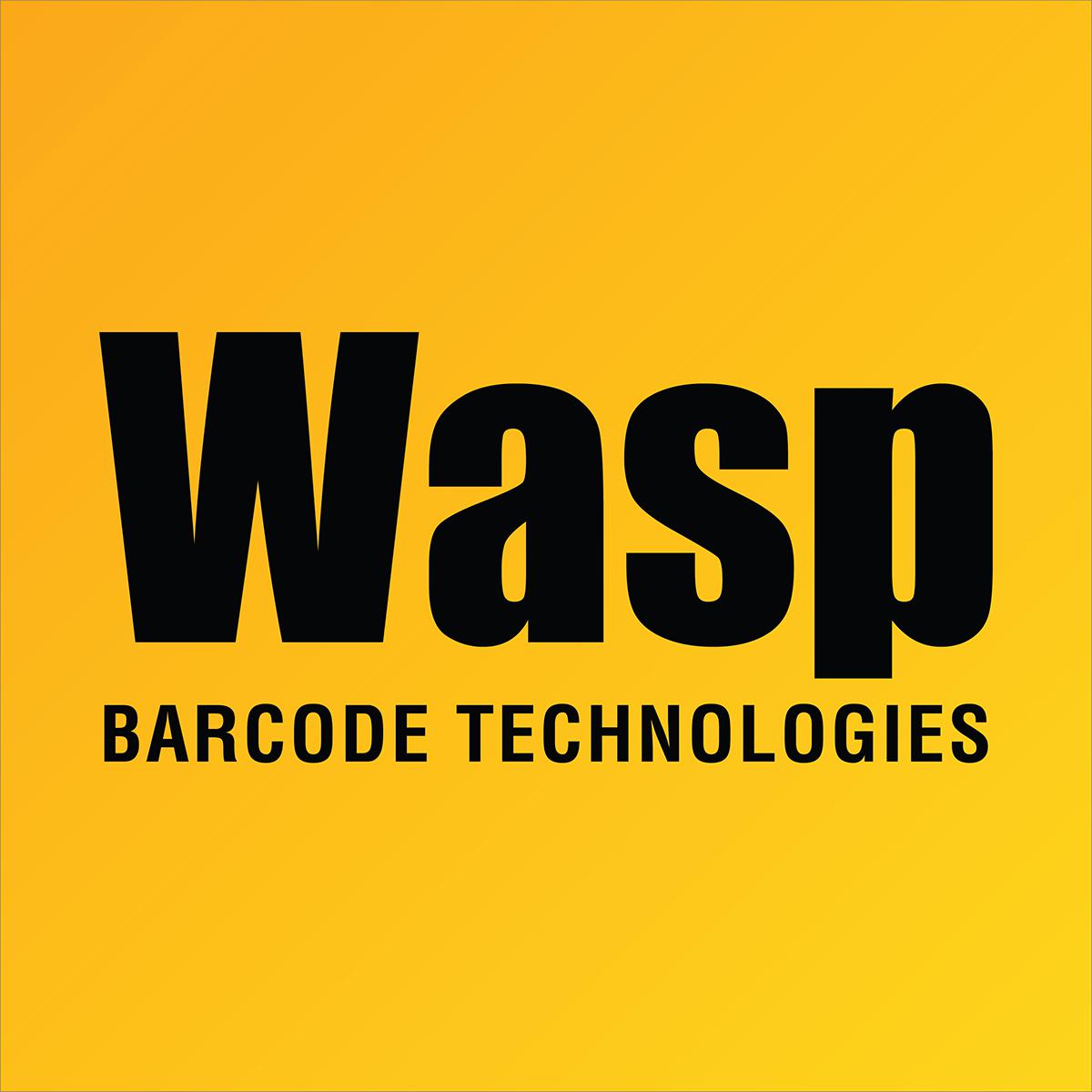This article describes the process to move the databases for AssetCloud On-Premise or InventoryCloud On-Premise to another PC. For instance, the Advanced installer was not available (or not used) at installation, but there is a need to host the database on a different server.
The destination SQL server version must be the same or higher than the starting SQL server version. (The Express installer uses Microsoft SQL Server 2017 Express version 14.0.1000.169.) This is a characteristic of SQL Server, not a Wasp restriction.
Abbreviations used in the article:
OP: The On-Premise software we're working with (AssetCloud or InventoryCloud).
STARTPC: Name of the computer where OP is installed, the current location of the databases.
DESTPC: Name of the computer where the databases will end up.
SSMS: SQL Server Management Studio
If needed, there is an article "Cloud On-Premise: How to backup and restore the database" linked below in Related Pages (and also contains details on running SSMS).
1. On STARTPC, use SSMS to create backups of the WaspAuth, WaspConfig, and WaspTrack databases. By default the backup files get saved to this path:
C:\Program Files\Microsoft SQL Server\MSSQL14.WASPDATA\MSSQL\Backup
2. Transfer the backup files from STARTPC (using network, thumb drive, etc.) to the corresponding Backup folder on DESTPC. The path will likely be slightly different based on the SQL version and instance name, but it should be similar.
We also need to copy some folders from STARTPC to DESTPC into the corresponding path: The contents of the MobileAssetWeb folder, excluding the Log folder (which can be very large). The total size is about 70 MB. Path:
C:\ProgramData\Wasp Barcode Technologies\MobileAssetWeb
Note 1: You'll need to show hidden folders to be able to see ProgramData.
Note 2: If they're not already present, you will need to create the "Wasp Barcode Technologies" and "MobileAssetWeb" folders before pasting the folders in.
3. Using your own values for DESTPC & SQL instance, and a SQL admin username & password, construct a connection string in the following form. If you are using the default SQL instance, leave off the backslash and do not specify an instance name.
server=DESTPC\INSTANCE;Database=WaspConfig;User=sa;Password=S3CUR3P@55W0RD;MultipleActiveResultSets=true;Connection Timeout=7
4. On DESTPC, run Registry Editor (regedit) and navigate to this path:
HKEY_LOCAL_MACHINE\SOFTWARE\Wasp Barcode Technologies\Cloud
If the path doesn't already exist, you will need to create the keys "Wasp Barcode Technologies" and "Cloud", then a new string value in Cloud named "ConfigurationValueConnection".
If it's already there, the current value for ConfigurationValueConnection will be a long string of characters (it is encrypted).
Select and copy the connection string you constructed above, paste into the Value field (completely overwriting the encrypted value), then OK. (This value will be re-encrypted in a later step.)
5. On DESTPC, right-click and run a Command Prompt as Administrator, then enter the following two commands (copy/paste should work):
cd C:\ProgramData\Wasp Barcode Technologies\MobileAssetWeb\Database
"Create All Databases.bat"
When finished, keep this window open in case it's needed later.
6. On DESTPC, use SSMS to restore the WaspAuth, WaspConfig, and WaspTrack databases.
7. On STARTPC, run the Wasp Config Tool as Administrator.
If you're logged in as the user that installed OP, there should be a desktop shortcut called "WASP ConfigurationTool". Otherwise here's the full path:
C:\Program Files\Wasp Barcode Technologies\Wasp On-Premises Software\License\configure\Wasp.Installer.Configure.exe
Set the Database Server field to DESTPC\INSTANCE (or just DESTPC)
If your logged-in Windows user is also a SQL admin on DESTPC, you can set the authentication to Windows Authentication. Otherwise, set it to SQL Server Authentication, and specify your SQL admin username (probably sa) and password.
Click OK to log in. You may get a message mentioning that it will update the database server.
There are a number of tabs across the top. On the SQL Server tab, make sure the two Data Source fields contain your new DESTPC\INSTANCE (or just DESTPC). Check the Username and password fields as well. If they're wrong, update them.
Starting on this tab, click any button containing the word Validate. Most of the validations are fast, but a couple can be slow. Wait to receive a success message or error message (mark those down or take a screenshot) before proceeding to the next button or tab. Some tabs don't have a Validate button, so just go on to the next tab. Either the MVC or ICMVC tab will have blank fields, so just skip that one.
The goal is while moving from left to right thru the tabs, to receive Success messages in all of them. Many times one process will rely on another process so if one validation step fails we suggest you recycle the application pools on STARTPC or reboot if appropriate and retry validating again at that failed tab.
When done, click the Save button at the lower right.
This process is where the registry entry from earlier gets encrypted.
8. On DESTPC, in SSMS, expand out DESTPC\INSTANCE, Security, Logins. If you don't see the users "dbo_Reader" and "dbo_Writer", go back to the Command Prompt (that you ran as admin) and enter commands:
cd Tools
SqlScriptRunner.exe Update.config UpdateTrack
9. On STARTPC, flush the Redis cache:
Run the command prompt as admin, then enter commands:
cd C:\Program Files\Redis-3.0.504-64bit
redis-cli -a r3dIkul00zSVmVs
flushdb
flushall
10. On STARTPC, recycle the application pools:
Launch Internet Information Services (IIS) Manager. (Hint: Type iis in the Windows search box to find it.)
At the upper left, expand STARTPC (if needed), then click Application Pools.
In the right pane in the Name column, right-click each of the three following names, then click Recycle. Notes: Do not click the similarly-named "Recycling". You will not see any feedback. There may be a slight pause before the system becomes responsive for the next task. The order does not matter for this part. Names:
WaspPAPI
WaspPMVC
WaspPSTS
11. In a web browser, attempt to browse the OP page. This will be the same as before. For example:
AssetCloud: http://STARTPC:8082
InventoryCloud: http://STARTPC:8083



